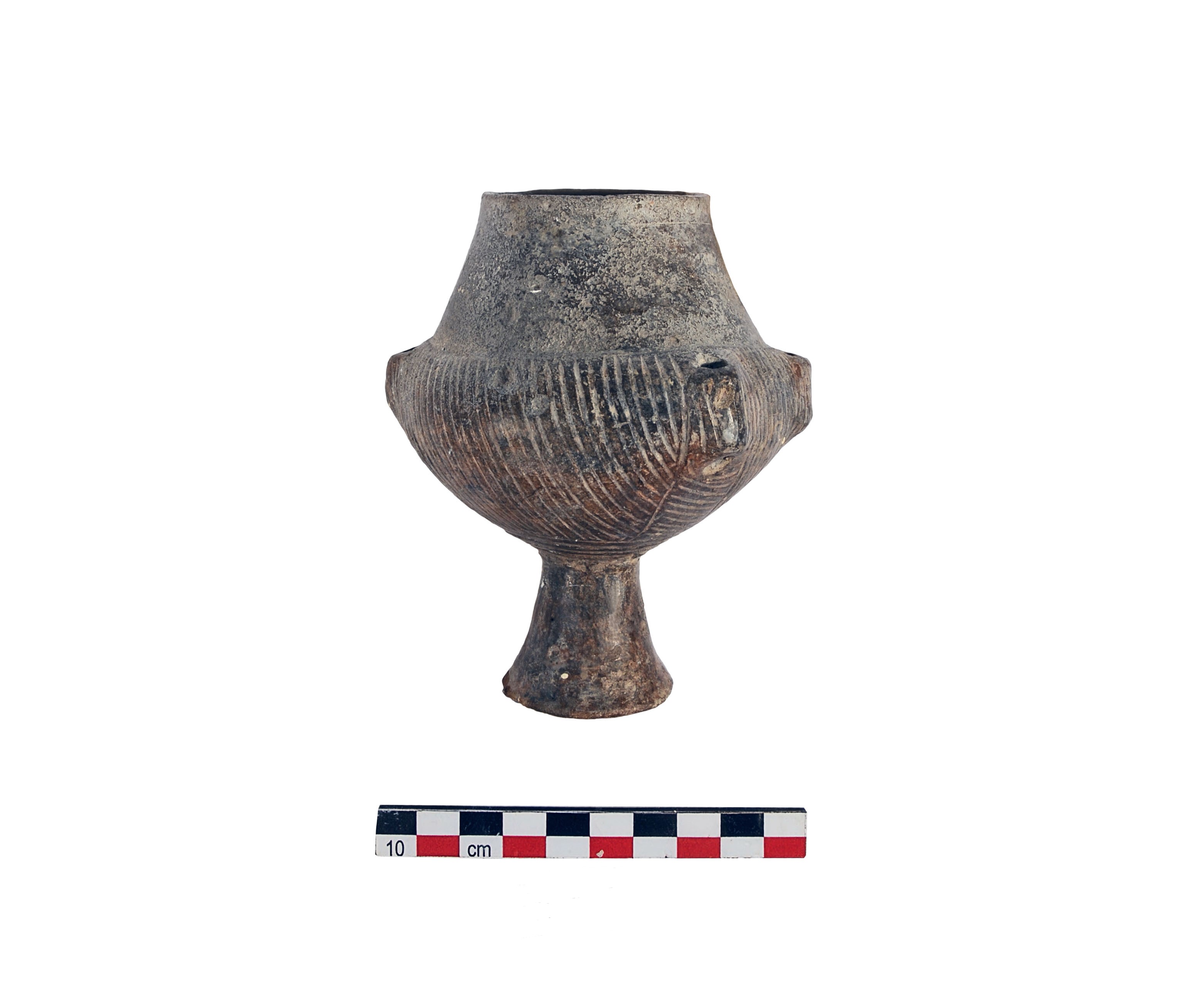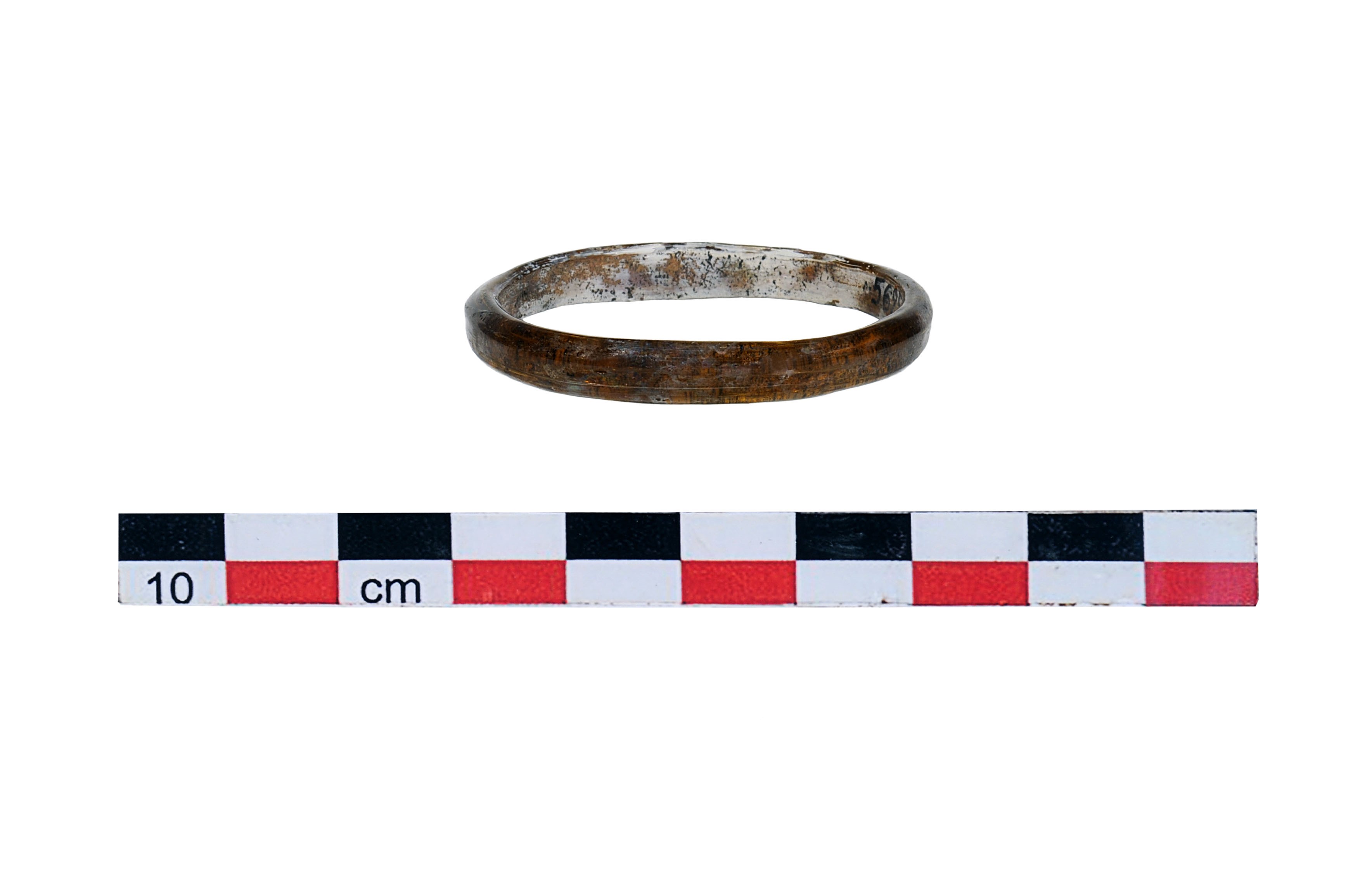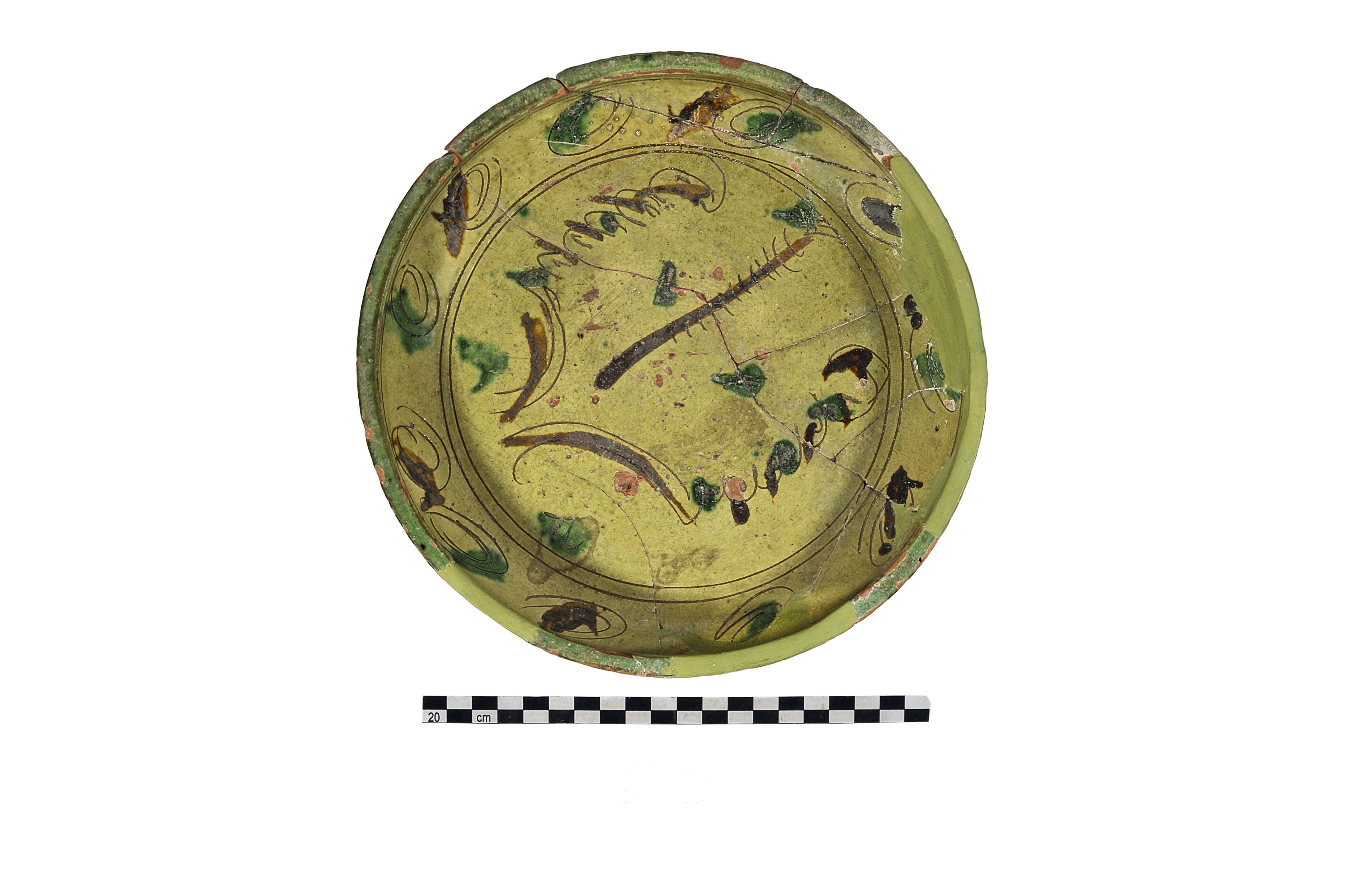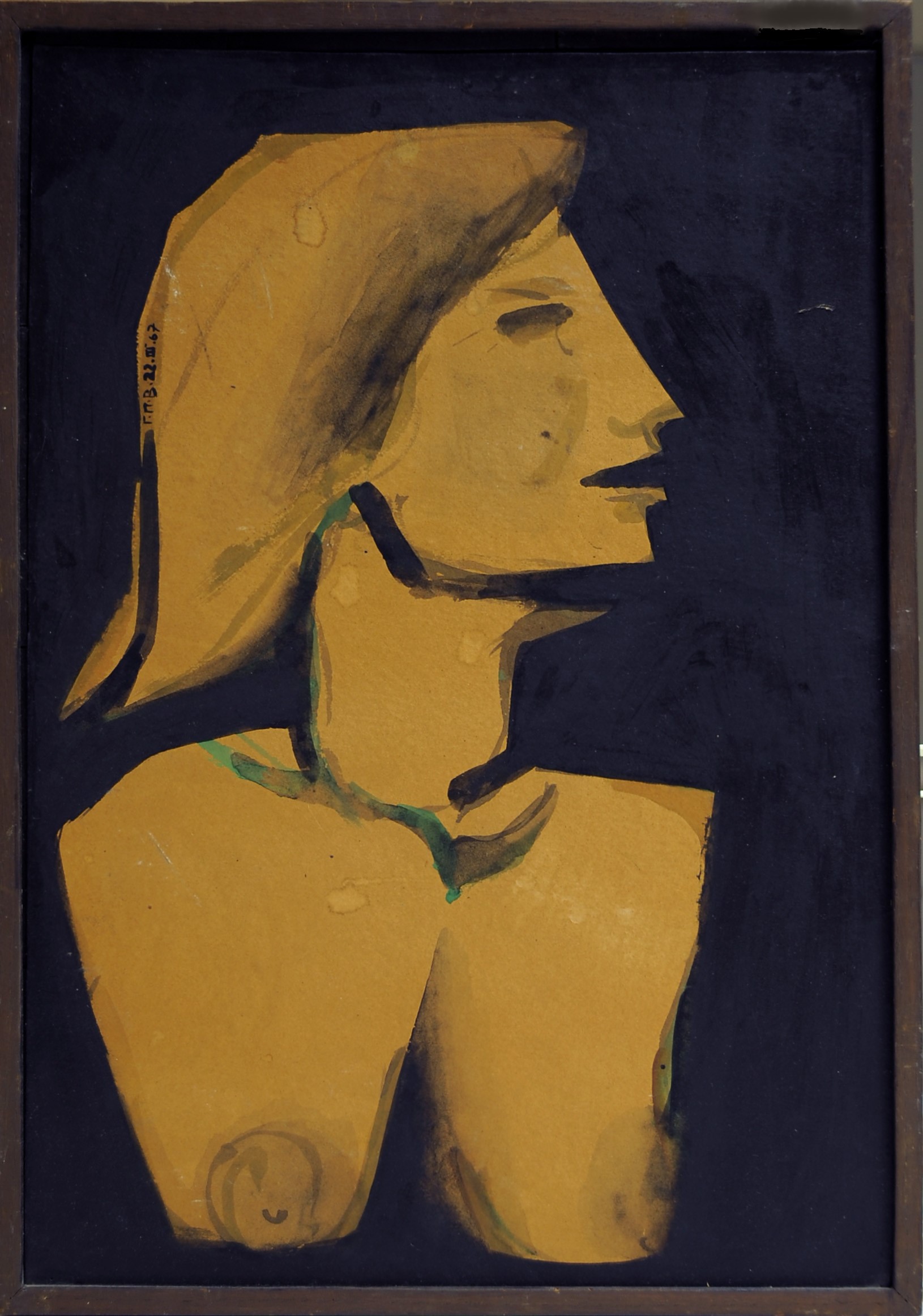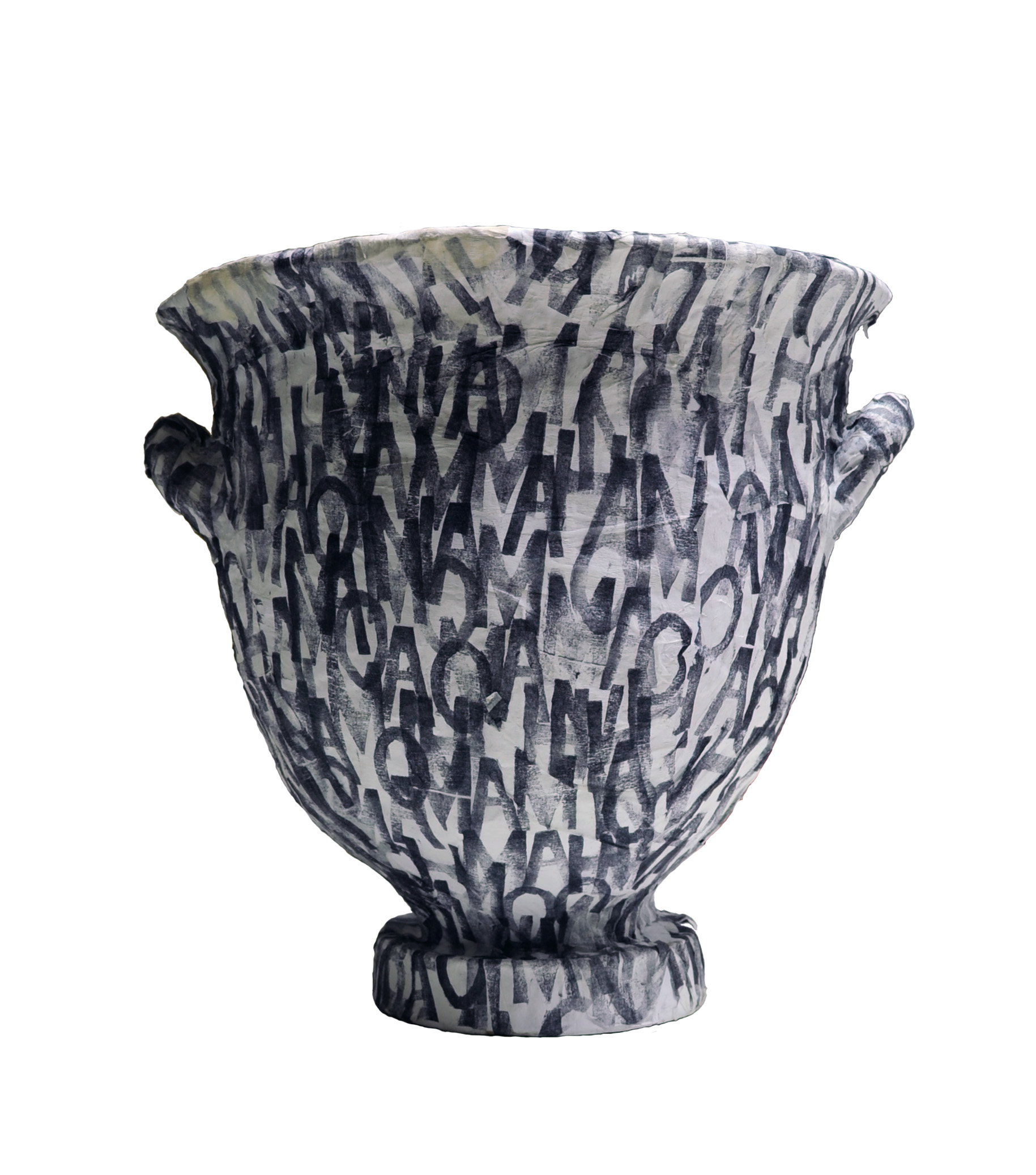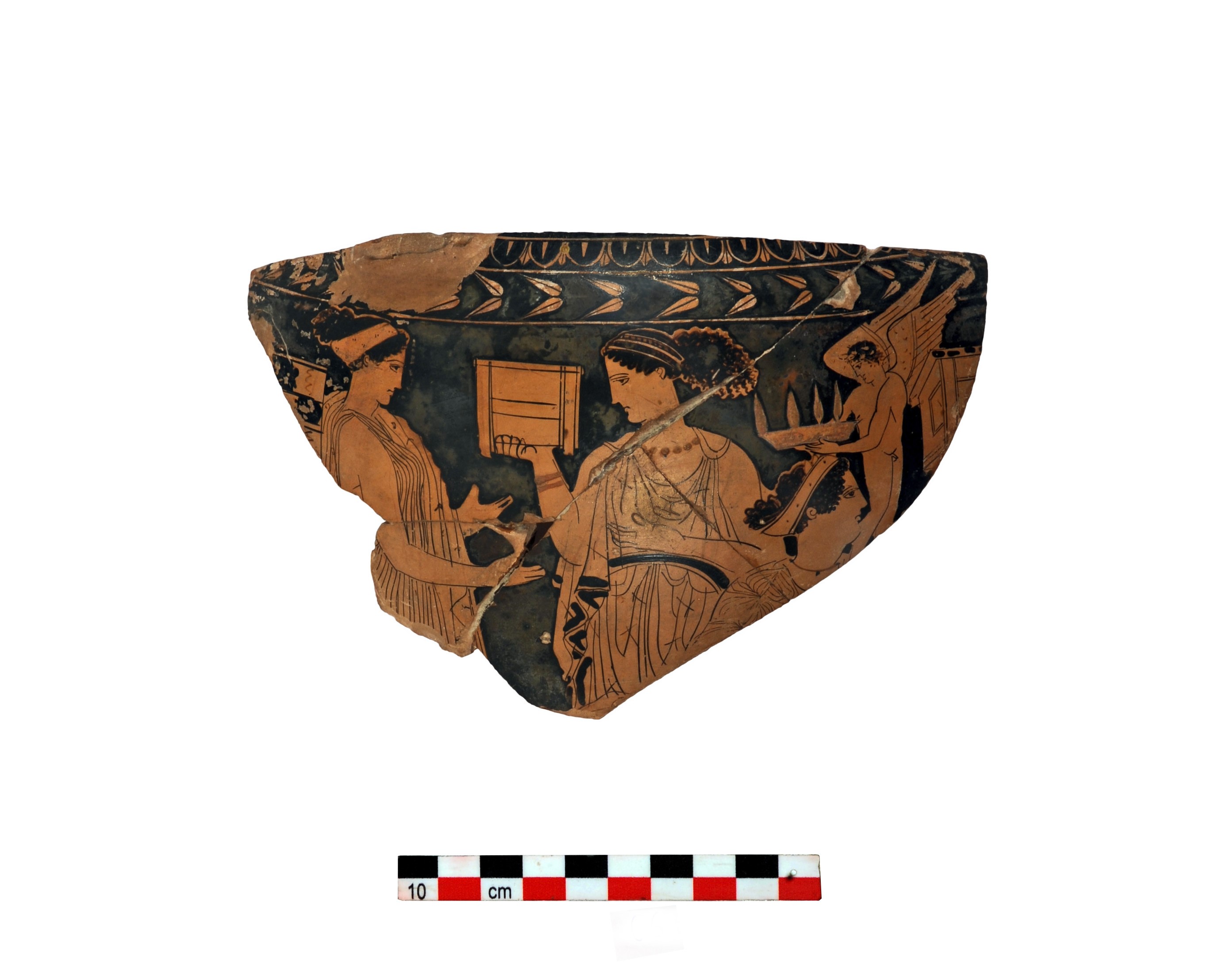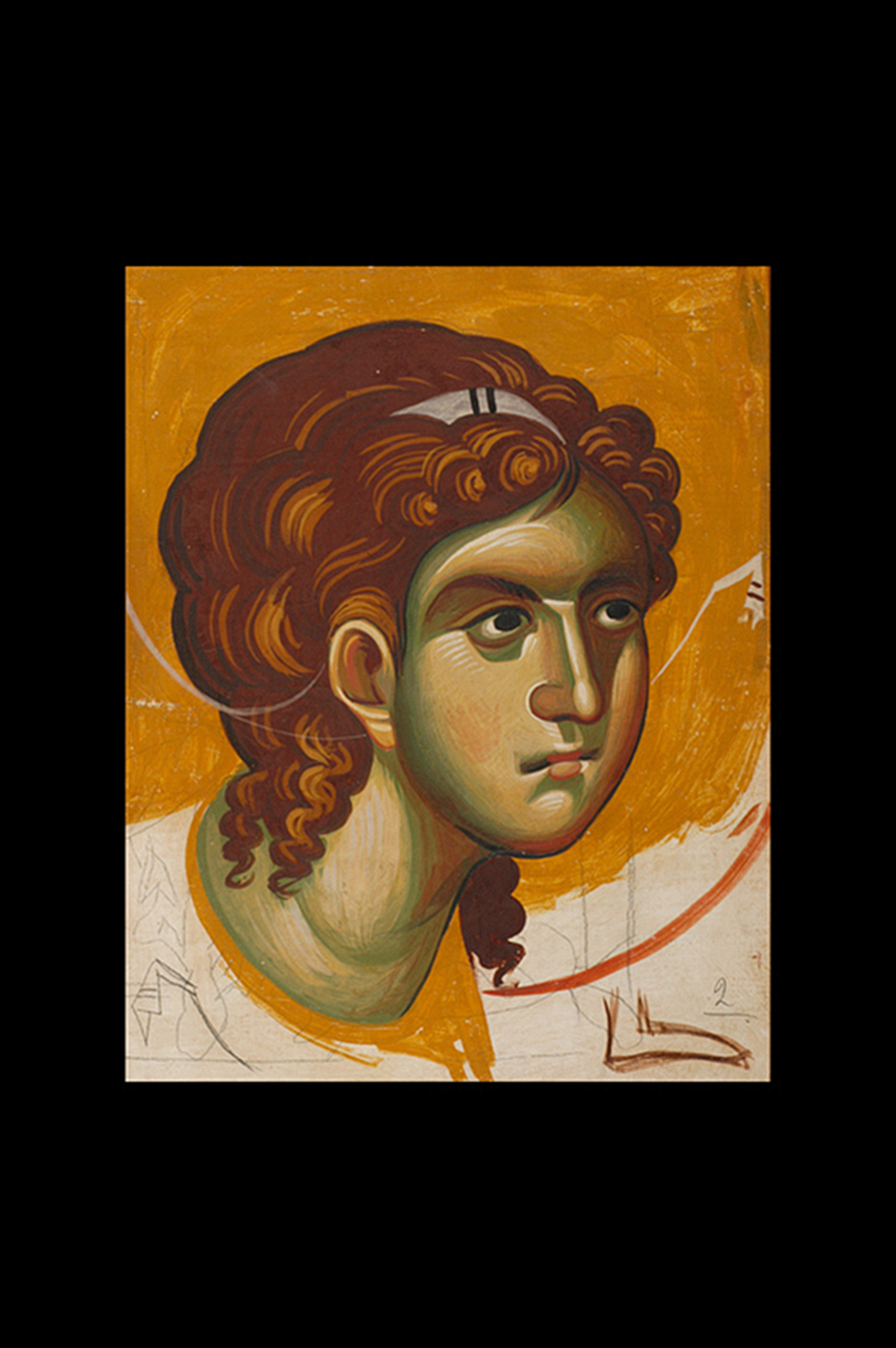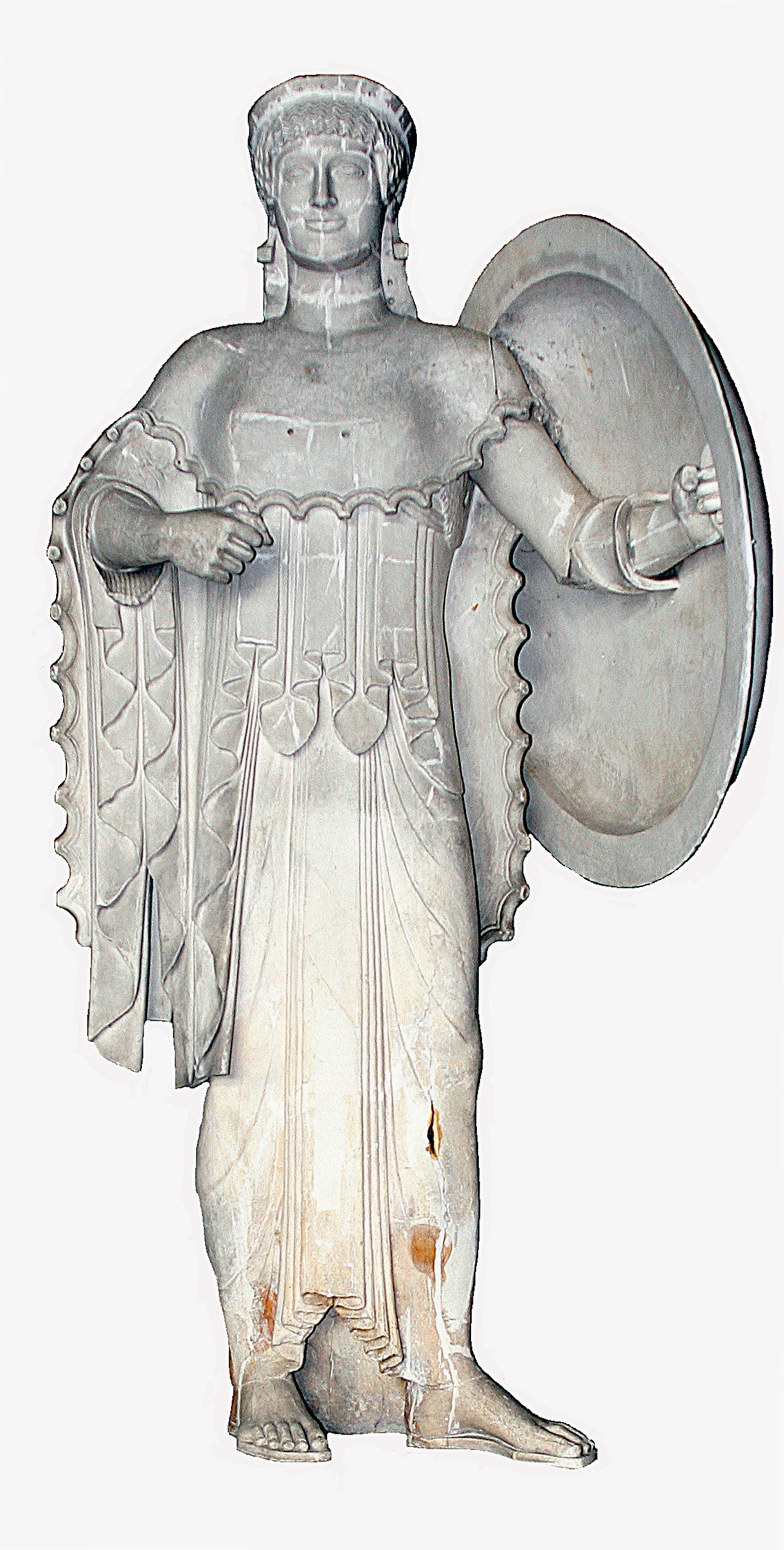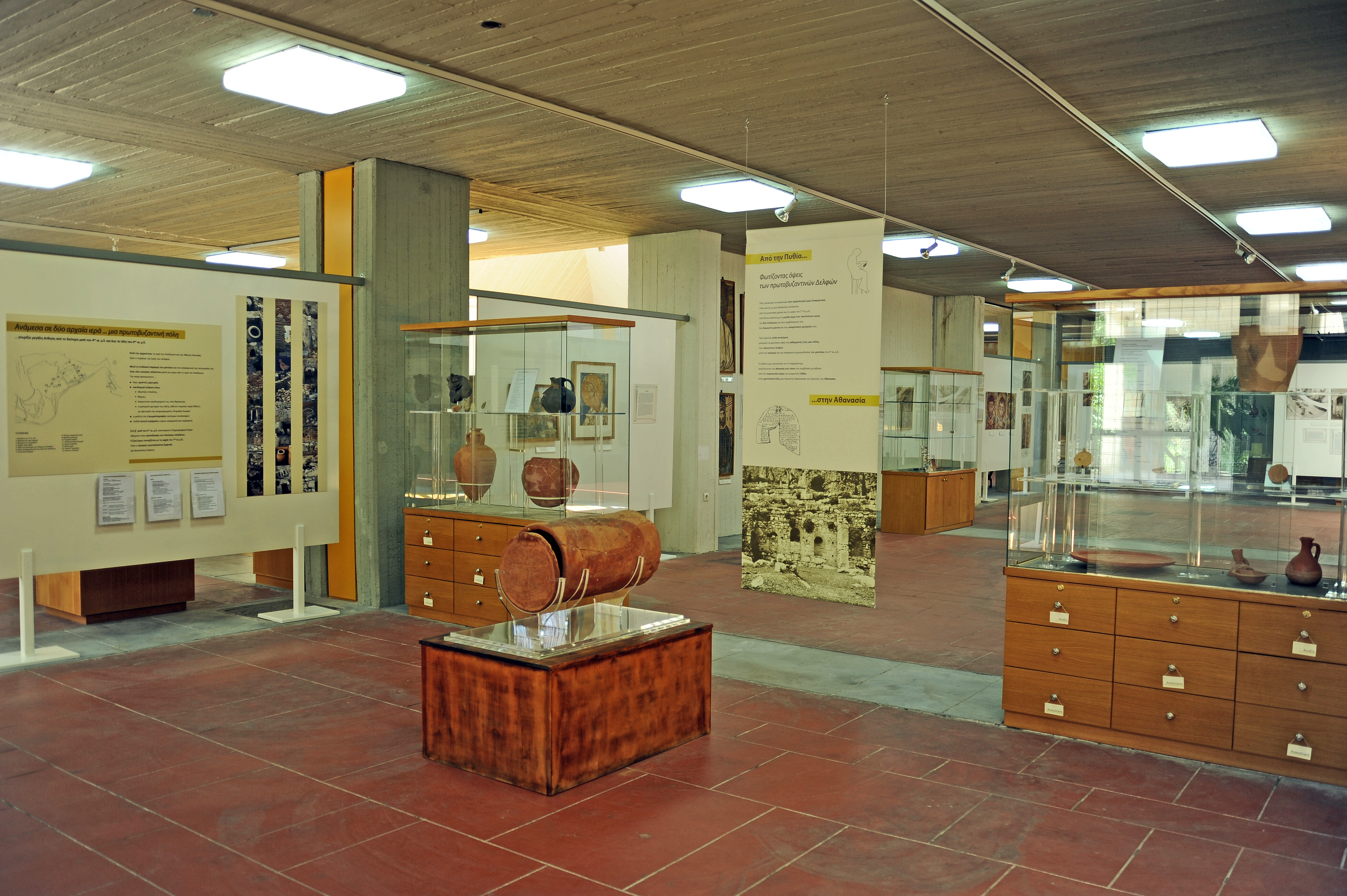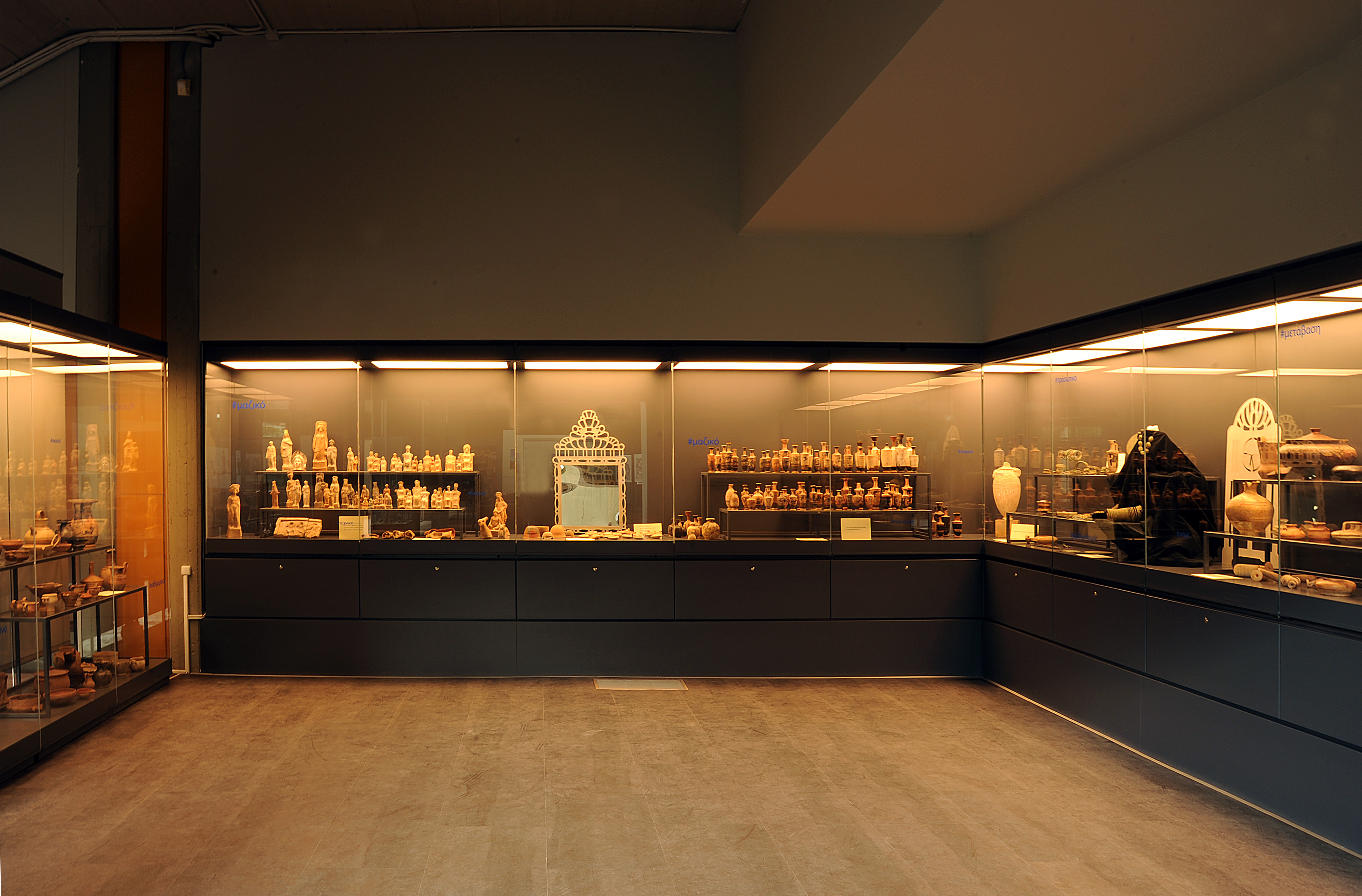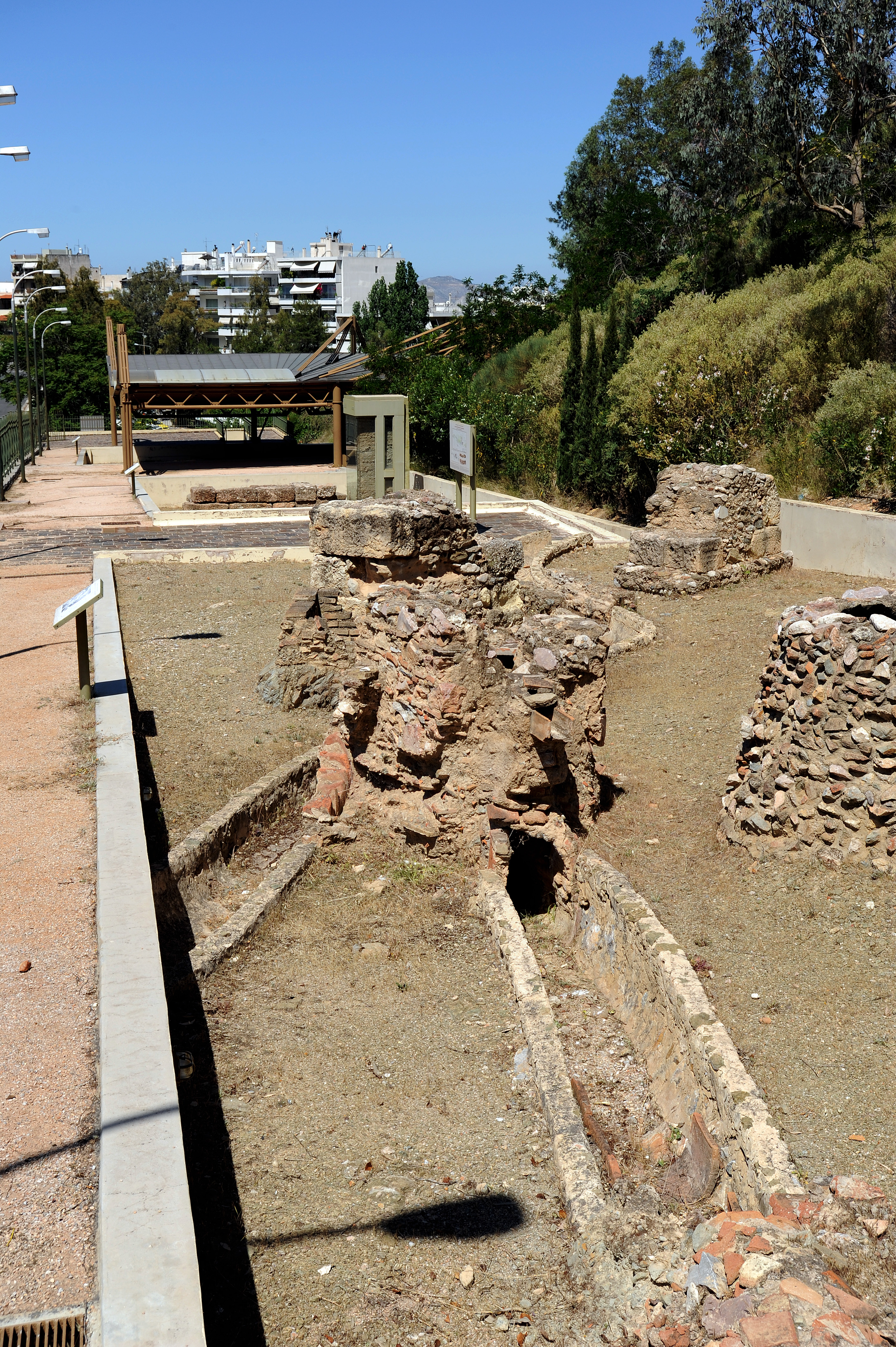Identity
Since its foundation, the primary task of the museum has been to educate archaeology students. However, apart from the educational task, the research remains an important objective, both in the Conservation Unit and in all the museum's premises where the artifacts from its collections are recorded, studied in-depth, and published. At the same time, through its various activities, the Museum strengthens the ties between the members of the Philosophy School and the University communities of the University of Athens as a whole. With the new identity that the museum will soon acquire, consistent with the contemporary museological and aesthetic trends - but always based on the tradition that generations of professors, researchers, and students created with their passion and dedication - the Museum will also set as a goal to reach the public that is interested in archaeology and art.
History
Although Archaeology was one of the first courses taught at the newly established University of Athens in 1837, the establishment of a university Museum of Archaeology took place a century later, during the interwar period and was implemented by a decree "on the establishment of a branch of educational collections of Archaeology." With donations from state museums, professors, archaeology students, and private citizens, these collections were gradually enriched with exciting arrangements from prehistoric to Byzantine eras. The donation of plaster casts by the National Archaeological Museum and the Archaeological Society was the basis of a remarkable collection of reproductions that was further enhanced with the purchase of casts from foreign museums and reproductions of works of Byzantine art. Part of this improvement was the purchase of casts of sculptures from the Mausoleum of Bodrum from the British Museum in 1977. A milestone in the history of the Museum is the new private donor's large donation of more than 850 ancient artifacts, which, since 2019, are being exhibited in a specially designed area. Works of contemporary art were collected in the 1990s in an impressive Gallery that is continuously growing with new donations from contemporary artists. Today, pieces from the modern and contemporary art collection decorate the offices and common areas of the Philosophy School. Until 1988, the collections were housed in small rooms in the Law School in the center of Athens. In 1988 they were transferred to two large areas of the Philosophy School at the Zografou Campus, now the Museum's permanent home. The Archaeological Park, organized across from the Philosophy and Theology Schools, was added in 2004 to these two distinct spatial units in the philosophy building, the Atrium of Casts & the Art Gallery on the 3rd floor and the exhibition area on the 2nd floor. The Archaeological Park's creation evolved from the groundbreaking method of transporting, in an area designed for this purpose on the University Campus, the antiquities that came to light during the excavations for the capital's Metro system.
Types of audiences
The main target group of our Museum is the students of Archaeology and History of Art of the Department of History and Archaeology of the University of Athens who use its instructive collections for their basic and experiential education in every specific field of the subject. At the same time, in recent years and with its targeted actions, the Museum also addresses the entire academic community of the Philosophy School of Athens, trying to become a pole of educational activity and substantial interaction between the members of this community. Meantime, with further actions that are regularly developing, it opens up to the society, seeking either physical presence or remote participation in online events on the Internet and social media. Its contribution toward the lower levels of education is also significant thanks to the inspirational educational programs designed and implemented exclusively by the Museum and the Department of Archaeology and History of Art staff.
Collections & Exhibitions
The 11 instructive collections of the Museum include reproductions but mainly original artifacts from the entire chronological spectrum, from the distant Prehistory to the present day. Among its most significant exhibits are some historically important casts of sculptures and copies of Byzantine art accomplished by notable 20th-century artists and facsimile copies of two famous Byzantine manuscripts. Among the original works, we can distinguish engravings, sculptures, and paintings of modern and contemporary Greek art as well as a remarkable series of Ethiopian folk artwork; shells or intact clay vases from Greece dating from the prehistoric times to the Ottoman era; ceramics from Cyprus and Mesopotamia; interesting examples of metalwork from various periods and a fascinating series of shells, fossils, rocks, and minerals.
Events & Activities
The Museum organizes temporary exhibitions of contemporary art (mainly paintings), concerts, and lectures and welcomes students within the framework of the Open Gates of Philosophy and the general public, as well, within the framework of the Open University Museums of the University of Athens, the European Heritage Days, the International Museum Day, the International Day of University Museums.
Accessibility
Presently, access for physically challenged people is through the 5th floor of the Philosophy School using an elevator. Soon the Museum will have a specially designed side entrance for physically challenged people.
Terms of Operation
Opening days and hours: Monday to Friday 8.00 - 16.00. Open on weekends on special occasions (Open Gates of University Museums, European Heritage Days, etc.)
Director: Platon Petrides, Professor of Byzantine Archaeology, Department of History and Archaeology.
Decision of Establishment
Government Gazette Α' 333 / 8-10-1941, Regulatory Decree "On the establishment of a branch of the instructive collections of Archaeology..." Government Gazette A' 256 / 20-10-1956 Royal Decree "On merger... a) the Initial School of Archaeology and b) the Branch of the Instructive Collections of Archaeology" Government Gazette A' 43 / 15-2-1977 Presidential Decree "On the renaming of the Study School of the Philosophy School of the University of Athens" Government Gazette B' 550 / 12-8-1986 Ministerial Decision B1/4671986 "Allocation of the Students' Rooms and the Archaeological Museum..." with which the Archaeological Museum was renamed the Museum of Archaeology and History of Art.

